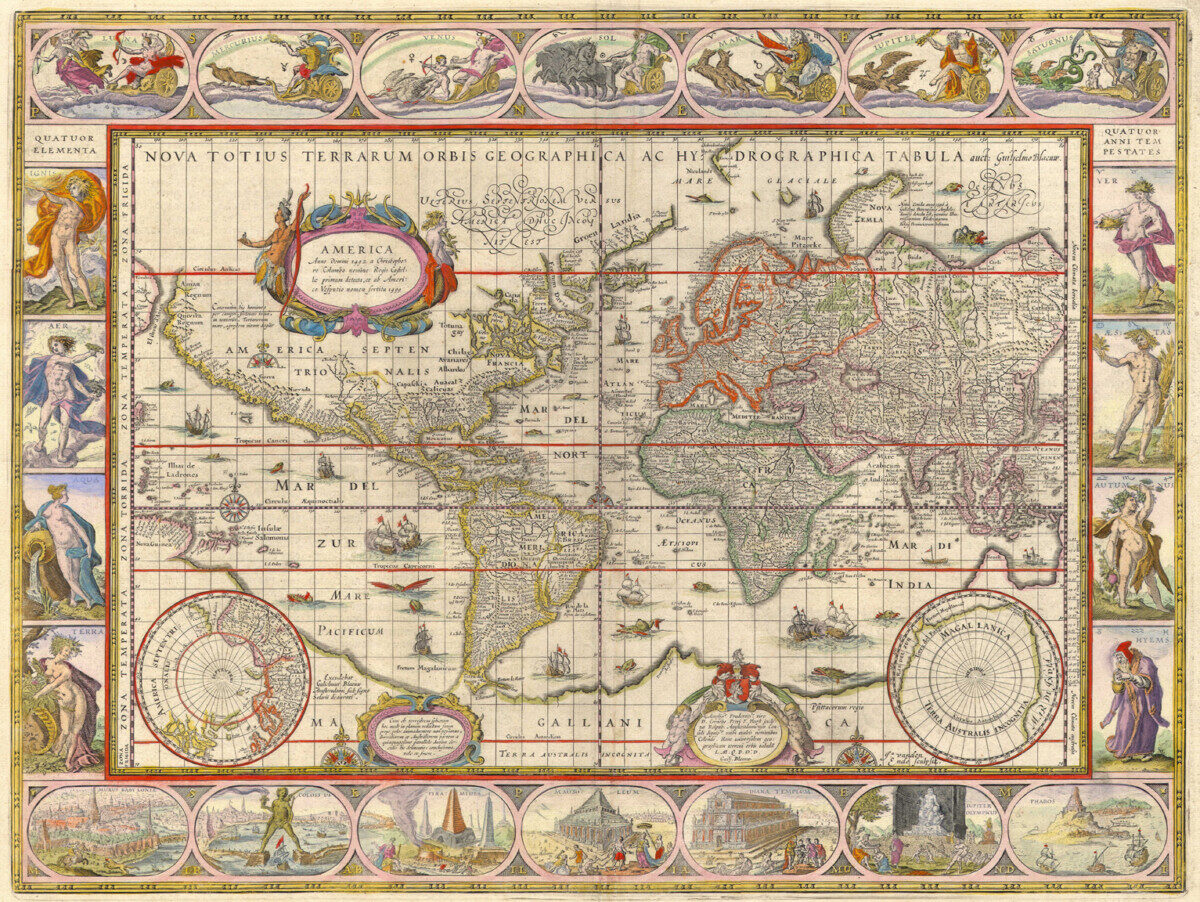After reading Gauvin Bailey’s “The New Plant of the Primitive Church” and watching the film The Mission, I was really surprised about how the author and the director narrative it. In Gauvin Bailey’s “The New Plant of the Primitive Church,” he shows us the connection between this architecture and the early Christian church. This art and architecture did not only serve as a decoration of the whole church. It played a significant role in Christian theology and helped people to better practice the religion. In my opinion, At the same time, it symbolizes religion, it materializes their religion. These amazing arts is also a way for the Christian church to communicate with people during that time period as well.
While watching the film The Mission, I was shocked. I do like how the story goes at the very beginning. Father Gabriel enters Guarani land with the purpose to convert people there to Christianity. During his journey on converting the native to Christianity, Rodrigo Mendoza, a slave trader who accidentally killed his brother, was converted as well. They started to live with the natives, build the church, and teach them the use of tools. However, everything changed when Cardinal Altamirano made the choice to enslave these indigenous people and let them go back to the forest. Although Father Gabriel, Rodrigo, and the other guy decided to split into three groups and use different strategies to protect the indigenous, they failed, and most of the indigenous died.
I believe in order for a film to be harnessed as a “public humanities” resource, it would be great if it composes real stories from history, or real historical figures that are involved, to not only make people feel more related to the scene but also make the film has more credibility and authority.
